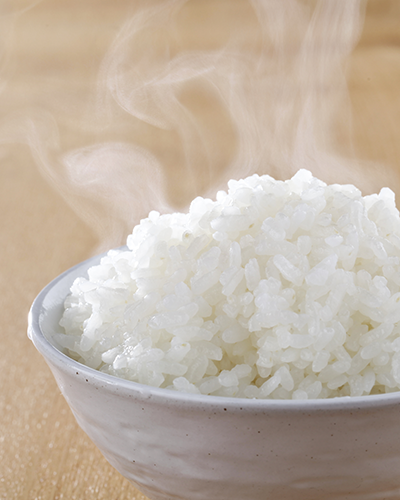
“U.S. consumers need not be concerned about a shortage of U.S.-grown rice. There is no shortage. Rice is a nutritious and inexpensive staple that when kept under the right conditions can last almost indefinitely, so it makes sense consumers would want an ample supply on hand during this crisis.
"If you see depleted rice shelves in your local grocery store, it is not a supply problem, it is a signifier of changing logistics in the retail market. For a few years now, stores that used to keep one month or more of products on hand have largely shifted to a ‘just-in-time’ model to improve their efficiency. When there is a surge in consumer interest for a particular product, supplies on hand may be depleted, but will be quickly replenished. This is the case for U.S.-grown rice.
"Not only are shipments of sustainably-grown U.S. rice on the way to stores now, but this is the time of year when our thousands of family farmers are out in the fields or preparing to be, planting the next crop to ensure our supply of delicious, safe rice never runs out.”
Betsy Ward, USA Rice President & CEO (March 17, 2020)